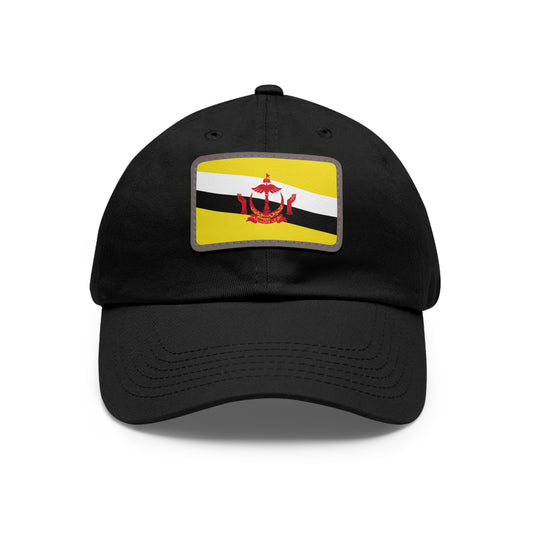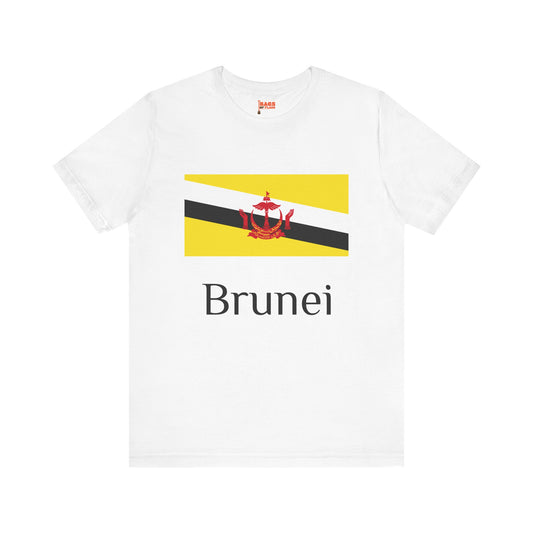-
Brunei Pillow
Regular price $22.65 USDRegular priceUnit price / per -
Brunei Backpack
Regular price $59.79 USDRegular priceUnit price / per -
Brunei Leather Patch Hat
Regular price $18.85 USDRegular priceUnit price / per -
Brunei Sweatshirt
Regular price $34.15 USDRegular priceUnit price / per -
Brunei Inspired Sweatshirt
Regular price $34.15 USDRegular priceUnit price / per -
Brunei Flag Sweatshirt
Regular price $34.15 USDRegular priceUnit price / per -
Brunei Mug
Regular price $8.65 USDRegular priceUnit price / per -
Brunei Trucker Cap
Regular price $14.90 USDRegular priceUnit price / per -
Brunei Inspired Hoodie
Regular price $34.40 USDRegular priceUnit price / per -
Brunei Hoodie
Regular price $34.40 USDRegular priceUnit price / per -
Brunei T-shirts
Regular price $22.79 USDRegular priceUnit price / per -
Brunei Flag Hoodies
Regular price $34.40 USDRegular priceUnit price / per -
Brunei Inspired T-shirt
Regular price $22.79 USDRegular priceUnit price / per -
Brunei Flag on T-shirt
Regular price $22.79 USDRegular priceUnit price / per
Collection: Brunei
The Brunei flag, also known as the flag of Brunei, is a vibrant and meaningful symbol that represents the Southeast Asian country's history, culture, and values. We will explore the design, historical context, symbolism, current relevance, and additional facts surrounding the Brunei flag.
Overview of the Brunei Flag's Design and Colors

The Brunei flag showcases a distinctive and bold design characterized by a primary yellow backdrop bisected diagonally by two stripes, one black and the other white, creating a striking contrast. At the heart of the flag lies a national crest, intricately detailed with a parasol flanked by hands, positioned centrally to draw immediate attention. This unique combination of elements and colors is aesthetically appealing and laden with cultural significance.
The choice of yellow as the predominant color pays homage to the Sultan of Brunei, signifying his paramount importance in the nation's governance and society. Black and white stripes traverse the flag, not just for visual balance but to symbolize the roles of Brunei's chief ministers (black) and the enduring principles of purity and justice (white) that underpin the nation's legal and ethical foundations. This harmonious blend of colors and symbols encapsulates Brunei's national identity, weaving elements of sovereignty, leadership, and moral values into a visually compelling and symbolic tapestry.
Historical Context Surrounding the Brunei Flag

Adopted on September 29, 1959, the flag of Brunei became a symbol of the nation's sovereignty in the same year it was granted self-governance from British protection under the Treaty of Friendship and Protection. This period marked a pivotal moment in Brunei's history as it navigated its path toward complete independence, which it eventually achieved in 1984. The flag's introduction was closely aligned with the reign of Sultan Haji Omar Ali Saifuddien III, who is remembered for his role in steering Brunei through significant political changes and for laying the foundations for modern Bruneian sovereignty.
Maintaining the original design since its adoption reflects the nation's respect for tradition and continuity amidst the evolving political landscape. The flag, thus, not only signifies the country's independence but also serves as a constant reminder of its journey towards self-determination and the enduring legacy of Sultan Haji Omar Ali Saifuddien III's leadership during a transformative era in Brunei's history.
Symbolism Embedded in the Brunei Flag
At the heart of the Brunei flag's design lies a rich tapestry of symbols, each carrying deep-rooted significance reflective of the nation's values and heritage. Central to these symbols is the national crest, a symbolic feature that encapsulates the core principles governing Brunei. The crest is adorned with a parasol (payung ubor-ubor), which stands as a regal representation of the monarchy's protective and encompassing role over its citizens. The hands that appear to be supporting the parasol underscore the government's pledge to safeguard the well-being and prosperity of the people, illustrating a mutual bond of trust and responsibility between the ruler and the ruled.
The color scheme of the flag is equally symbolic. Yellow, the backdrop of the flag, is a vivid depiction of the Sultan's supreme authority and the esteemed respect he commands within the nation. This juxtaposes the black and white stripes that cross diagonally, symbolic of the chief ministers' unwavering integrity and the nation's commitment to justice and fairness. These stripes provide a visual balance and signify the harmonious interplay of governance, loyalty, and moral righteousness that forms the foundation of Bruneian society. Together, these elements merge to create a flag that is not just a national symbol but a profound narrative of Brunei's cultural identity and sovereign spirit.
Current Relevance of the Brunei Flag
In today’s context, the Brunei flag is deeply ingrained in the fabric of national life, symbolizing the country's unity, sovereignty, and the enduring spirit of its people. It is prominently featured at a range of significant events, from military parades to national celebrations, embodying the pride and loyalty of the Bruneian population. The flag’s presence at these occasions underscores its role as a rallying point for the nation, fostering a sense of communal identity and continuity with the past.
The flag is not only a symbol of statehood but also plays a critical role in diplomatic contexts, representing Brunei in international forums and meetings. Its usage also extends to educational settings, where it serves as a tool for teaching the younger generation about the nation’s history, values, and aspirations.
Despite its revered status, the flag occasionally becomes the center of discussions that reflect the evolving nature of national identity and the dialogue around how historical symbols fit within modern Brunei. These conversations highlight the dynamic relationship between the people of Brunei and their flag, showcasing the flag's ability to unite and provoke thoughtful reflection on what it means to be Bruneian in the contemporary world.
Additional Facts About the Brunei Flag
Regarding the display and etiquette surrounding the Brunei flag, certain rules must be adhered to, emphasizing the respect and reverence it commands. For example, the flag must be prominently positioned when displayed alongside other national flags, ensuring it is not overshadowed. On national mourning days, specific protocols dictate the flag be flown at half-mast, a rare occurrence that underscores the nation's collective respect and grief. Interestingly, the flag's design, incorporating a parasol, sets it apart on the global stage as a symbol rich in cultural specificity and meaning.
This inclusion underscores the uniqueness of Brunei's national identity and heritage. Over the years, the unchanged design of the flag reflects a deep-rooted respect for the country's historical values and the continuity of its sovereign legacy. This adherence to tradition underscores the nation's pride in its past and its guiding principles for the future. The Brunei flag, therefore, is not merely a piece of fabric but a living emblem of the nation's enduring spirit and values.




























